Shaping a resilient Australia
With drought, bushfires, storms, and COVID-19, the start to 2020 has underlined some of the many challenges facing Australia and the world.
As the national science agency, CSIRO is addressing such challenges through innovative science and technology. At a time when Australia and the world needs solutions, our scientists are taking up these challenges, on many fronts.
Dubbed by some as the ‘Black Summer’, the widespread bushfires of 2019-2020 ravaged more than 18 million hectares across Australia (double the area of countries like Austria and Hungary), destroying close to 3000 homes, killing at least 34 people, and an untold number of domestic and native animals.
Smoke generated by the fires covered large tracts of Australia, reaching New Zealand, and globally as far as Chile and Argentina. On some days, the amassed smoke saw Canberra, Melbourne and Sydney record air quality on some days the most hazardous among major cities of the world, ahead of New Delhi, Mumbai and Beijing. CSIRO scientist and Executive Director of the Global Carbon Project, Dr. Pep Canadell, estimated that the Australian bushfires essentially doubled Australia’s total carbon emissions for 2019, including those from man-made sources, with a similar effect on carbon emissions expected from the bushfires in early 2020.
In late January, CSIRO welcomed the Prime Minister’s announcement of our role, together with collaborators, to deliver recommendations for practical measures to manage and protect homes, our environment, industries and infrastructure, in the face of bushfires and climate change. In carrying out this role, CSIRO is drawing on its 70-year history of bushfire research across multiple fields of science including land management, building and materials design, fire protection and testing, bushfire behaviour and biodiversity management.
While many fires were still burning in January, a severe hailstorm impacted cars, houses and major city infrastructure in Canberra with moe than 30,000 insurance claims lodged. Sixty-five glasshouses at CSIRO’s Black Mountain headquarters were destroyed, the research being conducted in these facilities was also lost. Similar hailstorms and floods affected many locations across the country.
As part of the Canberra hail recovery effort, CSIRO is looking at more resilient glasshouses and building materials as well as the opportunities to share facilities with like-minded organisations and potentially utilise the vacated polytunnels at CSIRO Ginninderra, so our plant research can continue.
As the smoke, hail and fires cleared, the COVID-19 spread to the level of a global pandemic and has dominated news, government and community focus since then. CSIRO is working on several fronts as part of the global research effort to address this pandemic and to find a vaccine as covered in our article: CSIRO on the frontline for a COVID-19 vaccine.
The year to date has underscored the 21st century challenges confronting nations, cities and communities. Science and innovation across many different fields is needed to help us navigate towards a more liveable, sustainable and resilient future. CSIRO teams are working closely with a wide range of industry partners and collaborators to rise to the challenge to develop more resilient cities and infrastructure and to help ‘future proof’ our communities.
CSIRO’s Future Cities initiative is a key example of how CSIRO can drive integrated solutions by bringing together science and innovation from fields such as Land and Water, Agriculture and Food, Data Science, Energy, Health and Biosecurity, Manufacturing, Mineral Resources and Oceans and Atmosphere.
In future articles we’ll look more closely at CSIRO’s Future Cities.
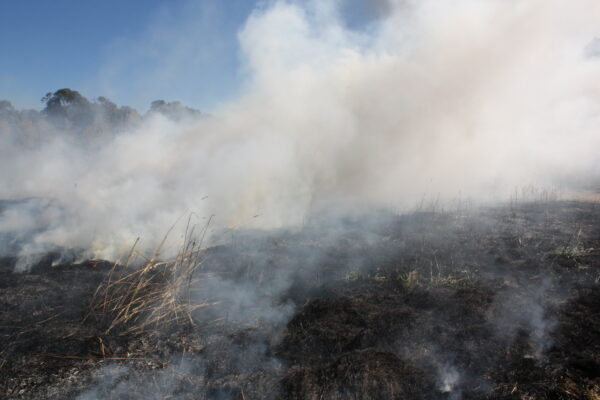 |
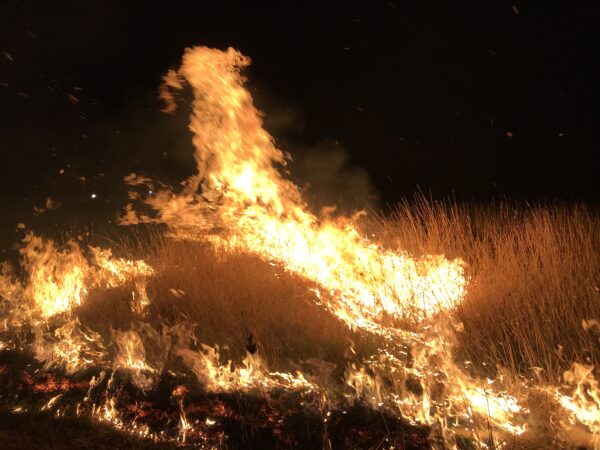 |
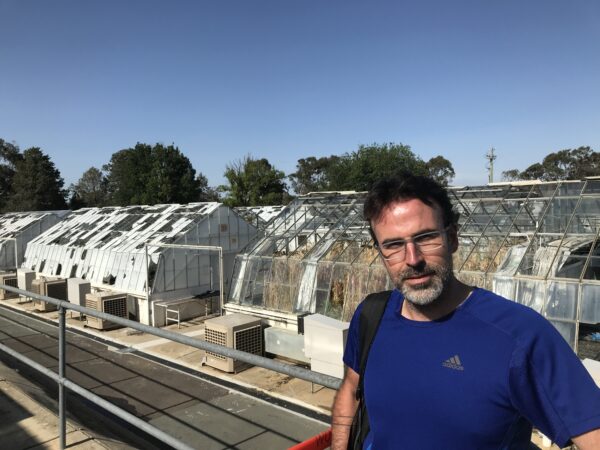 |
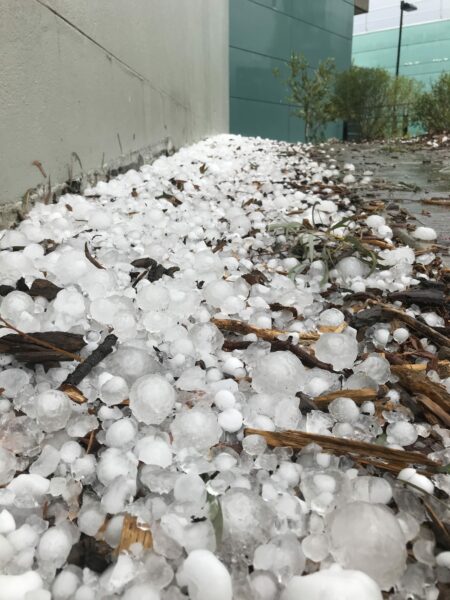 |
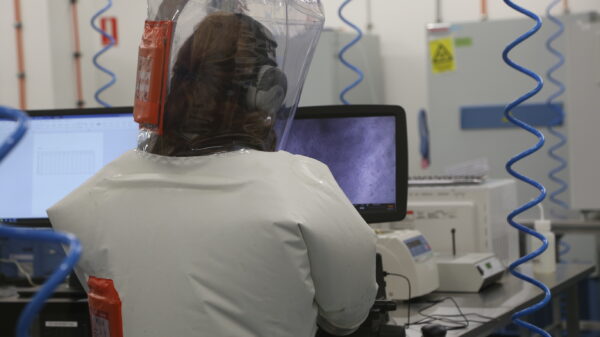 |
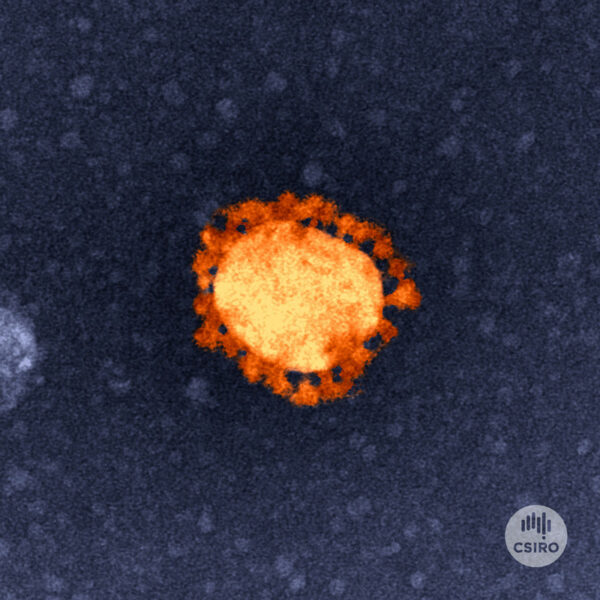 |
Smoke, bushfires, hailstorms, and the Coronavirus – CSIRO researchers are in the midst of efforts to build resilience and shape the future.
